-
 Bitcoin
Bitcoin $115000
0.12% -
 Ethereum
Ethereum $3701
4.50% -
 XRP
XRP $3.081
2.99% -
 Tether USDt
Tether USDt $0.0000
-0.01% -
 BNB
BNB $767.9
1.45% -
 Solana
Solana $169.5
3.13% -
 USDC
USDC $0.9999
0.01% -
 Dogecoin
Dogecoin $0.2106
4.30% -
 TRON
TRON $0.3334
1.62% -
 Cardano
Cardano $0.7564
2.54% -
 Stellar
Stellar $0.4165
0.76% -
 Hyperliquid
Hyperliquid $38.75
0.25% -
 Sui
Sui $3.593
3.00% -
 Chainlink
Chainlink $17.08
3.59% -
 Bitcoin Cash
Bitcoin Cash $573.6
4.35% -
 Hedera
Hedera $0.2508
-0.84% -
 Avalanche
Avalanche $23.07
6.46% -
 Ethena USDe
Ethena USDe $1.001
-0.02% -
 Litecoin
Litecoin $120.8
8.17% -
 UNUS SED LEO
UNUS SED LEO $8.943
-0.32% -
 Toncoin
Toncoin $3.400
-5.60% -
 Shiba Inu
Shiba Inu $0.00001255
1.54% -
 Uniswap
Uniswap $9.908
6.32% -
 Polkadot
Polkadot $3.718
2.10% -
 Monero
Monero $303.0
-0.74% -
 Dai
Dai $0.9999
-0.02% -
 Bitget Token
Bitget Token $4.392
0.91% -
 Cronos
Cronos $0.1403
6.31% -
 Pepe
Pepe $0.00001076
1.13% -
 Aave
Aave $267.2
1.80%
How to avoid high fees when buying USDT?
Minimize USDT fees by using less congested networks like TRC20, timing purchases strategically, leveraging layer-2 solutions, and employing aggregators to compare exchange fees across multiple platforms.
Mar 16, 2025 at 10:31 am
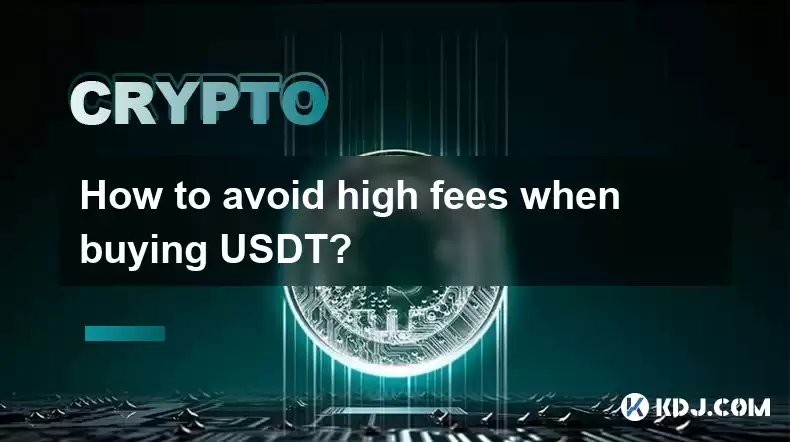
Key Points:
- Choosing the right exchange significantly impacts USDT transaction fees. Different platforms charge varying fees based on their structure and volume.
- Utilizing less congested networks can drastically reduce fees. Consider using networks with lower transaction demands.
- Timing your purchases strategically can help avoid peak periods with inflated fees. Off-peak hours often offer better rates.
- Using layer-2 solutions can dramatically lower fees associated with on-chain transactions.
- Aggregators can compare fees across multiple exchanges and networks, helping you find the best deal.
How to Avoid High Fees When Buying USDT
Buying USDT, a popular stablecoin pegged to the US dollar, often involves transaction fees that can significantly impact your overall investment. These fees vary depending on several factors, and understanding these factors is crucial for minimizing costs. This article explores various strategies to help you avoid exorbitant fees when acquiring USDT.
Choosing the Right Exchange
The platform you choose to buy USDT from plays a crucial role in determining the fees you pay. Centralized exchanges (CEXs) typically charge a percentage of the transaction value as a fee, while decentralized exchanges (DEXs) usually have fees based on network congestion and gas prices. Research different exchanges and compare their fee structures before making a purchase. Some exchanges offer tiered fee structures, rewarding high-volume traders with lower fees.
Network Selection
When transferring USDT, you'll often be given a choice of networks. Ethereum, for instance, is often more expensive than other options like TRC20 (Tron) or ERC20 (Ethereum). Choosing a less congested network, such as Tron or Polygon, can dramatically reduce transaction costs. Always check the current gas fees before confirming your transaction.
Timing Your Purchases
The demand for network bandwidth fluctuates throughout the day and week. During periods of high trading volume, network congestion increases, leading to higher transaction fees. Try to buy USDT during off-peak hours or less active days to potentially benefit from lower fees. Monitoring network activity before initiating a transaction is advisable.
Leveraging Layer-2 Solutions
Layer-2 scaling solutions, such as Polygon or Arbitrum, are designed to alleviate network congestion on the main blockchain. These solutions process transactions off-chain, significantly reducing fees. If your chosen exchange supports layer-2 transactions for USDT, utilizing them is a highly effective way to cut costs.
Utilizing Aggregators
Cryptocurrency aggregators compare fees and exchange rates across multiple platforms. These tools allow you to identify the best deal available at any given time, helping you minimize transaction costs. Using an aggregator before buying USDT can save you a considerable amount of money, especially during periods of high volatility.
Understanding Fee Components
It's important to understand the different components that make up your total transaction fee. These often include network fees (gas fees), exchange fees, and potentially withdrawal fees. Understanding each component will allow you to better analyze and compare different options. Always check the breakdown of fees before confirming your purchase.
Minimizing Withdrawal Fees
Withdrawal fees are charges incurred when transferring USDT from an exchange to your personal wallet. These fees can vary depending on the network and the exchange. Choosing a network with lower withdrawal fees and comparing different exchanges' withdrawal policies can help you minimize these costs.
Batching Transactions
If you need to buy a significant amount of USDT, consider batching your transactions. Instead of making multiple smaller purchases, consolidating them into fewer, larger transactions can sometimes result in lower overall fees. This strategy can be particularly effective when using networks with tiered fee structures.
Using a Hardware Wallet
While not directly related to the purchase of USDT, using a hardware wallet for storing your cryptocurrencies offers increased security. While the initial cost of a hardware wallet is a factor, the added security can offset any potential losses due to compromised exchanges or wallets. Consider this long-term cost-saving measure.
Frequently Asked Questions
Q: What is the cheapest way to buy USDT? A: The cheapest method depends on current market conditions. Using a less congested network like TRC20, employing layer-2 solutions, and buying during off-peak hours can all significantly reduce costs. Using aggregators to compare fees across exchanges is also crucial.
Q: Are there any risks associated with using cheaper networks? A: While cheaper networks offer lower fees, they may have lower security or be less decentralized than more established networks like Ethereum. Research the security and reputation of the network before using it.
Q: How can I monitor network congestion? A: Many block explorers and cryptocurrency analytics websites provide real-time data on network congestion and gas fees. Check these resources before initiating a transaction.
Q: What are aggregators, and how do they work? A: Aggregators are platforms that compare prices and fees from multiple cryptocurrency exchanges, allowing you to find the best deal. They work by connecting to multiple exchanges and presenting you with a consolidated view of their offers.
Q: What if I accidentally pay a high fee? A: Unfortunately, once a transaction is confirmed on the blockchain, it's difficult to reverse. Future purchases should focus on utilizing the strategies outlined above to avoid similar situations.
Disclaimer:info@kdj.com
The information provided is not trading advice. kdj.com does not assume any responsibility for any investments made based on the information provided in this article. Cryptocurrencies are highly volatile and it is highly recommended that you invest with caution after thorough research!
If you believe that the content used on this website infringes your copyright, please contact us immediately (info@kdj.com) and we will delete it promptly.
- Velo Universe, DEX, and DeFi Security: Navigating the Future of Decentralized Trading
- 2025-08-05 09:25:13
- Bitget Wallet Revolutionizes Solana with Gas-Free Transactions: A New Era for DeFi
- 2025-08-05 09:25:13
- Ozak AI, Crypto Boom, and ROI Potential: Is This the Next Big Thing?
- 2025-08-05 09:25:24
- Solana's ETF Hopes & the All-Time High Chase: Is SOL Set to Soar?
- 2025-08-05 09:25:24
- Coinbase's Brian Armstrong and the Art of Focused Work: A Deep Dive
- 2025-08-05 09:25:30
- Uniswap Price Prediction: Bullish Reversal on the Horizon?
- 2025-08-05 09:25:30
Related knowledge
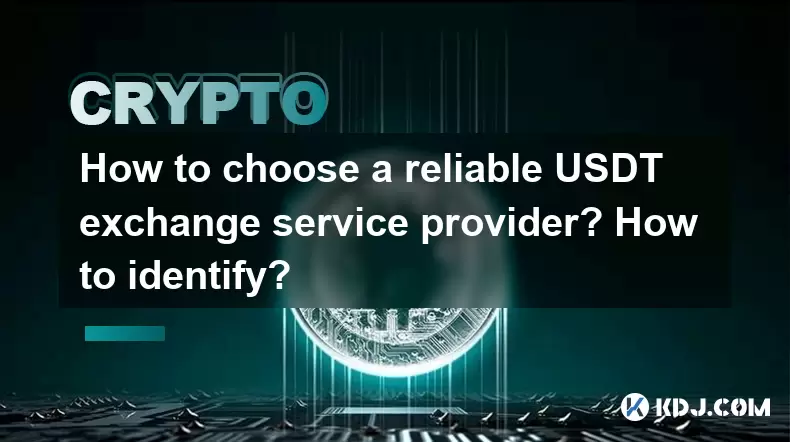
How to choose a reliable USDT exchange service provider? How to identify?
Jun 12,2025 at 03:15pm
Understanding the Role of USDT in Cryptocurrency TradingUSDT (Tether) is one of the most widely used stablecoins in the cryptocurrency market. It is d...
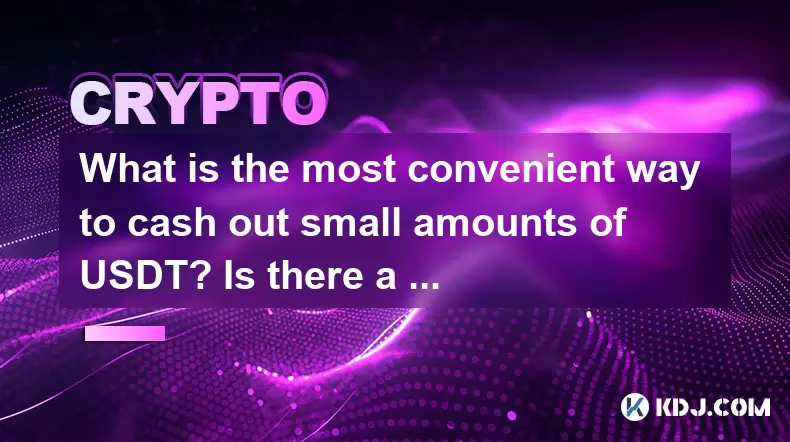
What is the most convenient way to cash out small amounts of USDT? Is there a shortcut?
Jun 11,2025 at 11:00pm
Understanding the Need to Cash Out Small USDT AmountsCashing out small amounts of USDT can be a challenge for many crypto users. Traditional methods o...
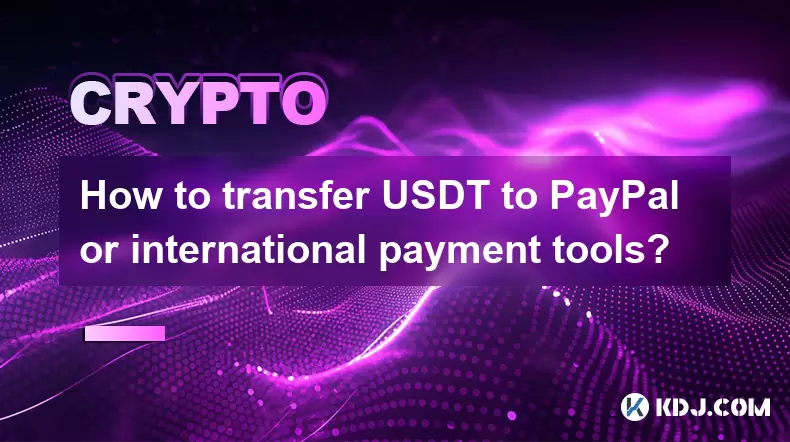
How to transfer USDT to PayPal or international payment tools?
Jun 15,2025 at 05:28am
Understanding the Basics of USDT and PayPal IntegrationUSDT (Tether) is a stablecoin pegged to the US dollar, offering blockchain-based value transfer...
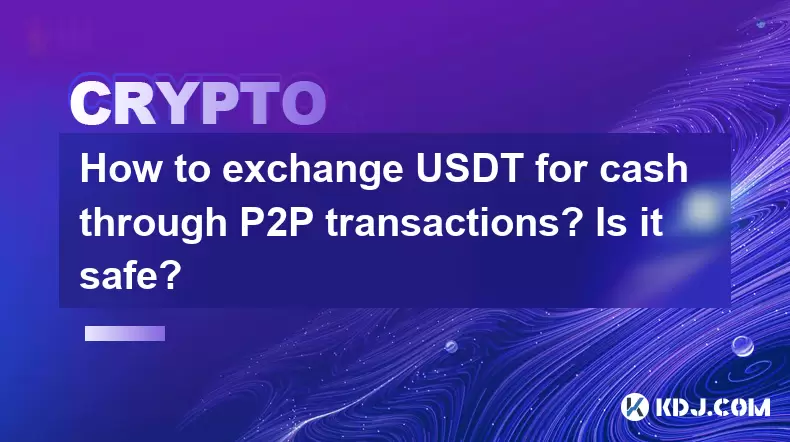
How to exchange USDT for cash through P2P transactions? Is it safe?
Jun 18,2025 at 07:56am
Understanding USDT and P2P TransactionsTether (USDT) is a stablecoin pegged to the value of the US dollar, making it a popular choice for users who wa...
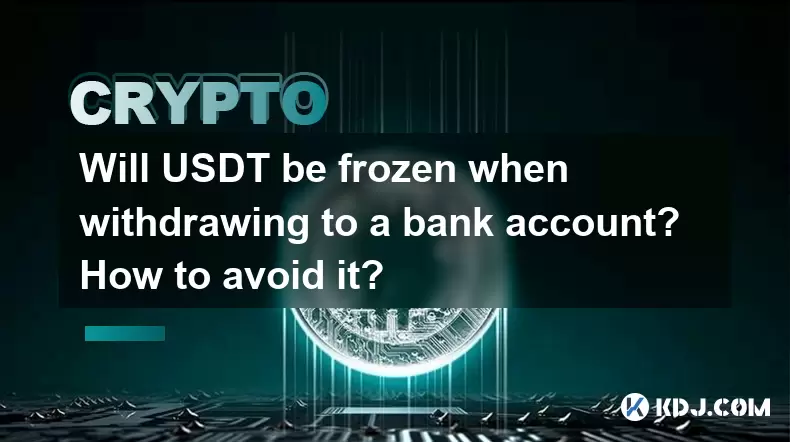
Will USDT be frozen when withdrawing to a bank account? How to avoid it?
Jun 15,2025 at 10:03am
Understanding USDT Withdrawals and Bank Account Freezing RisksWhen users decide to withdraw USDT (Tether) to a bank account, one of the most common co...
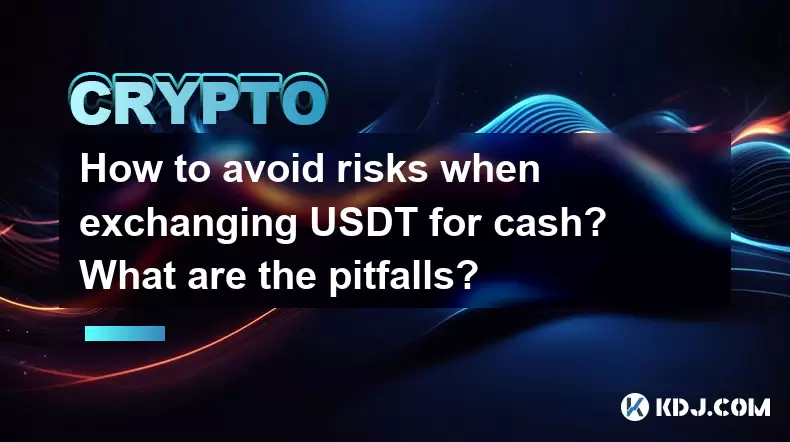
How to avoid risks when exchanging USDT for cash? What are the pitfalls?
Jun 11,2025 at 08:14pm
Understanding the Risks of Exchanging USDT for CashWhen exchanging USDT (Tether) for cash, users must be aware of the potential risks involved. As a s...

How to choose a reliable USDT exchange service provider? How to identify?
Jun 12,2025 at 03:15pm
Understanding the Role of USDT in Cryptocurrency TradingUSDT (Tether) is one of the most widely used stablecoins in the cryptocurrency market. It is d...

What is the most convenient way to cash out small amounts of USDT? Is there a shortcut?
Jun 11,2025 at 11:00pm
Understanding the Need to Cash Out Small USDT AmountsCashing out small amounts of USDT can be a challenge for many crypto users. Traditional methods o...

How to transfer USDT to PayPal or international payment tools?
Jun 15,2025 at 05:28am
Understanding the Basics of USDT and PayPal IntegrationUSDT (Tether) is a stablecoin pegged to the US dollar, offering blockchain-based value transfer...

How to exchange USDT for cash through P2P transactions? Is it safe?
Jun 18,2025 at 07:56am
Understanding USDT and P2P TransactionsTether (USDT) is a stablecoin pegged to the value of the US dollar, making it a popular choice for users who wa...

Will USDT be frozen when withdrawing to a bank account? How to avoid it?
Jun 15,2025 at 10:03am
Understanding USDT Withdrawals and Bank Account Freezing RisksWhen users decide to withdraw USDT (Tether) to a bank account, one of the most common co...

How to avoid risks when exchanging USDT for cash? What are the pitfalls?
Jun 11,2025 at 08:14pm
Understanding the Risks of Exchanging USDT for CashWhen exchanging USDT (Tether) for cash, users must be aware of the potential risks involved. As a s...
See all articles

























































































